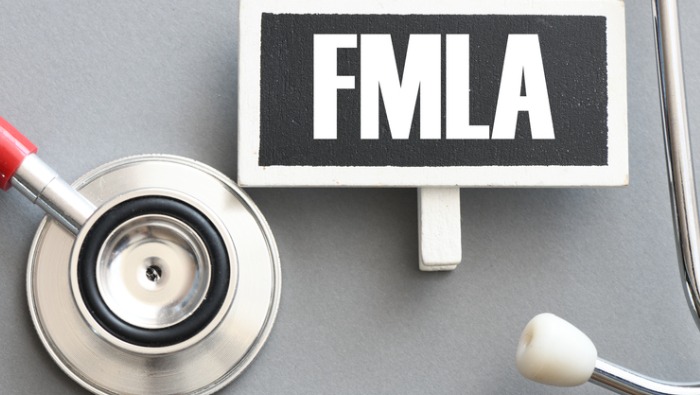Earlier this month, the U.S. Court of Appeals for the Fourth Circuit (the Fourth Circuit) interpreted the Family and Medical Leave Act (FMLA), stating that a jury would decide whether Facebook messages satisfy FMLA employee notice requirements. The Fourth Circuit’s opinion follows a case in which an employer fired an employee while they were on job-protected leave under the FMLA. Specifically, the Fourth Circuit addressed whether a jury could find that the employer’s and employee’s history of Facebook Messenger use for FMLA purposes could qualify as “usual and customary” under FMLA employee notice requirements. Earlier, the U.S. Department of Labor (DOL) updated its guidance concerning using FMLA leave for mental health reasons.
Background of the Case
In this case, an employee received emergency surgery for appendicitis. Later, the employee notified the employer from the hospital of his need to take medical-related leave. The employee used Facebook Messenger to deliver his request. Indeed, the employee and employer had communicated over the messaging app for related FMLA purposes on prior occasions. What’s more, the employer had previously reached out to the employee about work attendance using Facebook Messenger. In the most recent incident, the employer and employee’s correspondence went on for several months.
Shortly after the employee’s FMLA leave ended, he messaged his employer that he could not come to work because of related pain. Days later, he was admitted back into the hospital for the same medical problem. At that point, he again messaged the employer of his need to take leave. The employer never responded but reported the absence to human resources. When the employee returned, he learned he had been fired for job abandonment.
FMLA Employee Notice Requirements
The FMLA covers private sector employers with 50 or more employees, as well as public agencies. Under the FMLA, covered employees may take up to twelve workweeks of unpaid, job-protected leave in a 12-month period for specific family and medical reasons. Qualified individuals may even request FMLA leave as a reasonable accommodation.
However, under FMLA employee notice requirements, qualified individuals must notify their employer of their plan to take FMLA leave. In addition, the employee must state when they plan to take leave and how much they need. According to Fact Sheet #28E: Employee Notice Requirements under the Family and Medical Leave Act, employees must give their employer a verbal or written notice:
- at least 30 days in advance of the need to take FMLA leave when the leave is foreseeable, or
- as soon as possible and practical by the employer’s usual and customary notice requirements when the leave is unforeseeable.
Furthermore, an employer can take adverse action under its own policies against an employee who fails to follow any usual and customary rules for requesting FMLA leave.
Fourth Circuit’s Opinion
In Roberts v. Gestamp W. Va., LLC, the Fourth Circuit decided it was not up to the court to grant a motion for summary judgment. Rather, the Fourth Circuit’s opinion was that a reasonable jury could find that the employee’s use of Facebook Messenger to fulfill FMLA employee notice requirements qualified as “usual and customary” under the law. In other words, the Fourth Circuit held that an employer and employee’s history of using a messaging app for FMLA purposes could fit the “usual and customary” rule even in the presence of a written leave policy.
FMLA Compliance Program
The FMLA was intended and expected to benefit employers as well as their employees. A direct correlation exists between stability in the family and productivity in the workplace. However, to ensure all qualified individuals comply with related regulations and requirements, including FMLA employee notice requirements, all covered employers must update their family and medical leave policies. To that end, Personnel Concepts created the FMLA Compliance Program. This comprehensive digital collection of resources helps employers understand the Family and Medical Leave Act and what they need to do to comply with the law. It includes an FMLA compliance guide, the “Employee Rights Under the FMLA” poster, and an extensive collection of FMLA forms that cover every step in the process.

